I like walking. But in truth, I love sitting even more. There’s nothing quite like returning to a quiet place I know well and falling into its silence. I can settle into the experience of simply being with the living world that surrounds me. And, if I am patient, members of the more-than-human community disturbed by my approach might emerge again from hiding. My stillness signals that I mean no harm.
Going again and again to the same place, I’ve found that familiarity can foster deepening intimacy. I no longer stride through the dunes, but I slow down and recognise each blade of grass as a companion. I don’t just walk along the shore, but deepen my awareness of the shifting shapes of the tideline. I stop seeing just the big picture, and notice the details.
Over time, a place in the living world comes to feel like home, and it welcomes me as a member of the family. I have found my place.
Nature connection
Over recent years, studies in nature connection - or nature connectedness to use the awkward academic jargon - have given us extraordinary insights into the benefits of being in the living world. Research has shown that spending time in green and blue spaces can enhance people’s mental health and wellbeing. People with stronger connections to nature tend to have lower levels of stress, depression and anxiety, better mood and greater happiness. These benefits extend to both adults and young people, as nature supports emotional regulation and resilience.
Nature connectedness is associated with greater eudaimonic wellbeing - that innate sense of meaning and purpose in life that extends beyond simply feeling good at this moment in time. We have insights, too, that people who feel more connected to nature are more likely to engage in behaviours that benefit their environment and communities. It seems our love for the more-than-human world can foster empathy for other humans, and care for the planet, too.
Studying nature connection is tricky though, because it’s not always easy to understand how and why spending time outside changes people. The field of nature connection studies is consequently dominated by psychological science. Quantitative measures, standardised questionnaires and laboratory simulations abound. Researchers show participants pictures of nature, introduce potted plants as controls and subject people to batteries of surveys. The insights are useful, especially in a culture that is obsessed with measurement and hard numbers. But I think so many of these experiments miss the point: nature in a lab is an abstraction of the complexity of interrelationships in the living world.
The other challenge of this hard science approach to studying nature connection is that it ignores the importance of specific places that matter to people. Put it this way: I have views about architecture in general, but I have deep feelings about my home and community. I have political opinions on all sorts of subjects, but they are nothing compared to my experience of knowing how they affect other people. The “nature” in nature connection is too often simply a concept, an idealised green world beyond the grey concrete of human culture. It is not a local park, a back garden or a riverside walk.
Conceptual nature lacks the specificity of a place that holds a vibrant, dynamic and evolving community. That is a place I can fall in love with.
The importance of place
One of my academic heroes is the late American geographer, Yi-Fu Tuan, who died in 2022. Born in 1930 in Tianjin, China, Tuan earned degrees from Oxford and a PhD from the University of California, Berkeley. Over a 65-year career, he became an influential teacher and prolific writer on the central importance of place in people’s lives.
His groundbreaking book, Topophilia (1974), was published in the year I was born, and its follow-up, Space and Place (1977), followed a few years after. Tuan was convinced that geography at its best wasn’t just about the study of people or physical locations, but the connections we make between them. His geography explored the emotional, social and experiential meanings that places hold for people. We have him to thank for the concept of a “sense of place,” as he highlighted the deep personal and cultural connections we can form with our surroundings.
Tuan argued that people respond to environments not just through aesthetic appreciation, but through direct physical contact. For Tuan, nature wasn’t an abstract backdrop to our lives, but a place we could dwell, as we find our way into the world through the experience of our senses. “Human beings, like other animals, feel at home on earth,” he wrote in Space and Place. “We are, most of the time, at ease in our part of the world.”
I’ve experienced first-hand the benefit of focusing on an individual’s specific part of the world. In my masters research, I was privileged to walk with people to places in the living world that were meaningful to them. We’d talk about how their relationship with the place had developed over time, and I’d invite them to notice the detail as we wandered. Then we would simply sit. One of my companions cried as we sat in a place she had first visited with her grandmother. An otherwise unremarkable patch of moorland was transformed through her tears into a place of family history, vulnerable intimacy and profound love.
Sit for a while
If you are focused only on how much ground you cover when you walk, you are missing out on the moments of deep connection that can come from sitting down. Stillness creates space for presence. Settle into place, and without trying too hard, your senses can tune into the infinite variety and abundance that surrounds you. The wisdom of a place can begin to speak, too, if you take time to listen.
This practice of sitting is particularly valuable if you visit the same place repeatedly. As the light shifts in the sky during the day, your view of a place changes. The same patch of grass is illuminated in sunlight, cast into deep shadow, and lit by the soft glow of the moon. Your awareness of the more-than-human community changes with the seasons, too. You notice when a particular tree comes into leaf, blossoms and bears fruit, then sheds its bright colour in the autumn to show its bare winter branches.
And your feelings change. Imagine the experience of sitting in the warmth of the spring sun, or feeling a cold trickle of rain running down the back of your neck. You can return to the shelter of your home at any time, while the place you love lives in all seasons. So give it the gift of your commitment. Be more than a fair-weather friend. Visit a place you love in the pouring rain or in the wake of a winter storm. Don’t wait for a sunny day.
A place to sit doesn’t have to be beautiful or remote. In fact, it’s better if it’s close by. A fallen tree in a scrubby patch of woodland can warm to your repeated presence. Even if the city roars around you, you might still notice the song of a blackbird, the blossoming of a hawthorn or the gentle opening of a wildflower. The living world pushes insistently into the spaces of human culture, and makes its home among us. Make your home with it.
The place I love
Three and a half years ago, I moved to Fleetwood, a small former fishing town in the northwest of England. I’d spent most of my life moving from place to place, and in the years leading up to the pandemic, I’d untethered myself entirely from the concept of home. I gave away almost everything I owned, and committed myself to a wandering life.
But something changed for me in the confinement of the lockdowns. Enforced settlement created space for me to approach the idea of home from a fresh perspective, and I began to honour the urge in me to put down roots. Having lived in so many places, I took a while to work out where I needed to be. But I knew the wild edge of sea, sky and land was calling to me.
Fleetwood is surrounded by water on three sides: the river Wyre to the east, Morecambe Bay to the north, and the Irish Sea that stretches to the western horizon. There are only two roads in and out of town. This is a place you come to because you mean to be here.
Making my home in Fleetwood hasn’t just been about moving into a house, buying furniture and painting walls. It wasn’t even about finding friends, though I’m profoundly grateful for the community I’ve made and the friendliness of my neighbours. Feeling at home would have been impossible without recognising my belonging with the more-than-human beings that call this place home, too.
The wild sea holly on the sand dunes, the starlings that roost in the eaves of my house and the lugworms waiting patiently for the returning tide make this place home, perhaps even more than keys in a door.
Finding a specific place to sit took time. I wandered on the damp sand of low tide enveloped in fog. I stared at a thousand stars glittering above the water on nights when the cold north wind wipes the sky clean of clouds. I got to know the contours of the beach, the rush of the tides and the ever-changing weather.
But eventually, I found a rock, flat enough for sitting, at the place where the shallows of the bay give way to the rolling of the sea. It’s a place to wonder at the flight of geese, the bustling of turnstones and the calling of oystercatchers. I meet razor clams and moon jellyfish left behind by the retreating tide. I wonder at the tenacity of acorn barnacles clinging to rocks. I wait, in hope, for the glimpse of a seal or dolphin.
I watch the sunset here, and I know I belong. This is my place. Where’s yours?





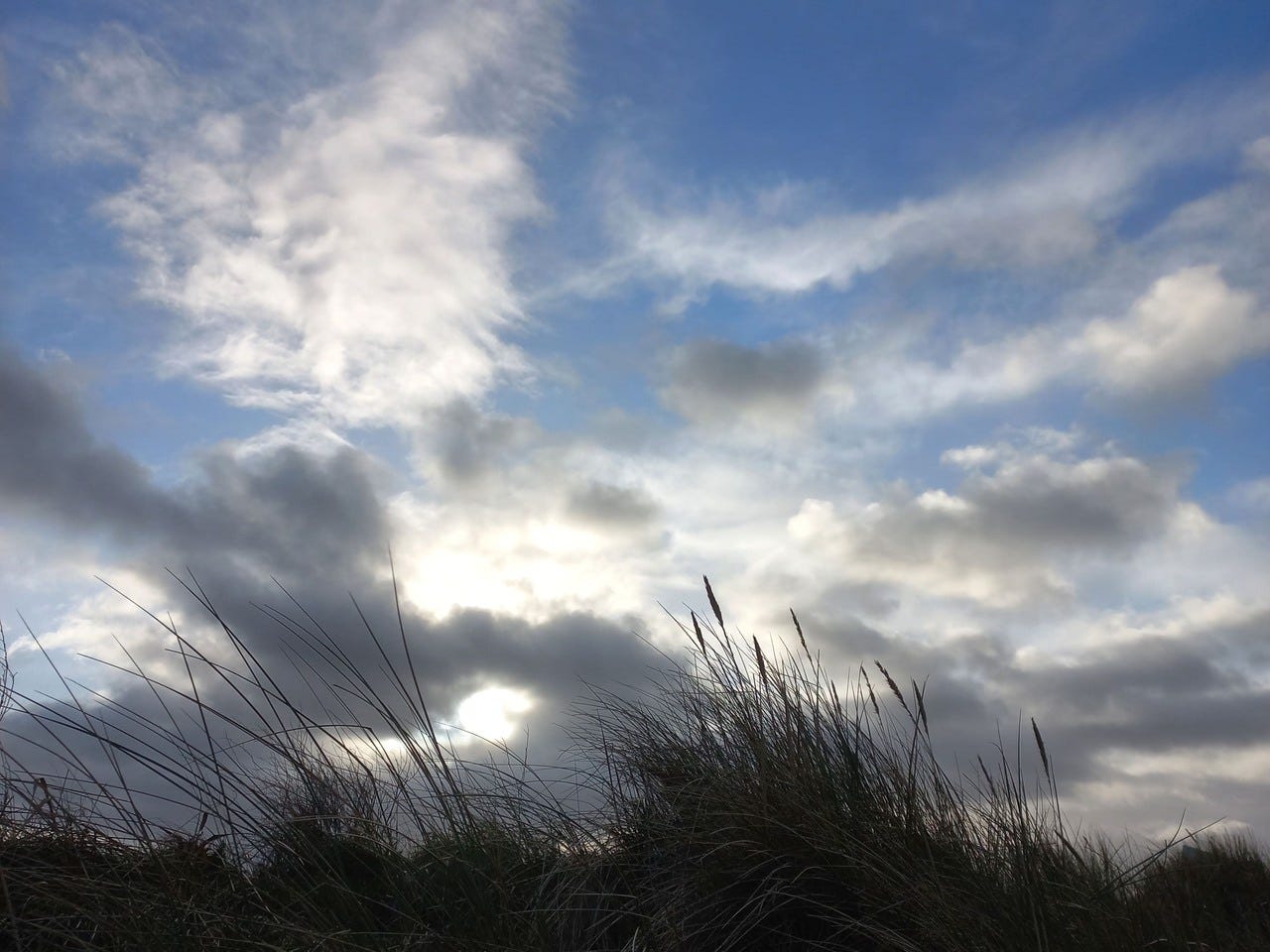
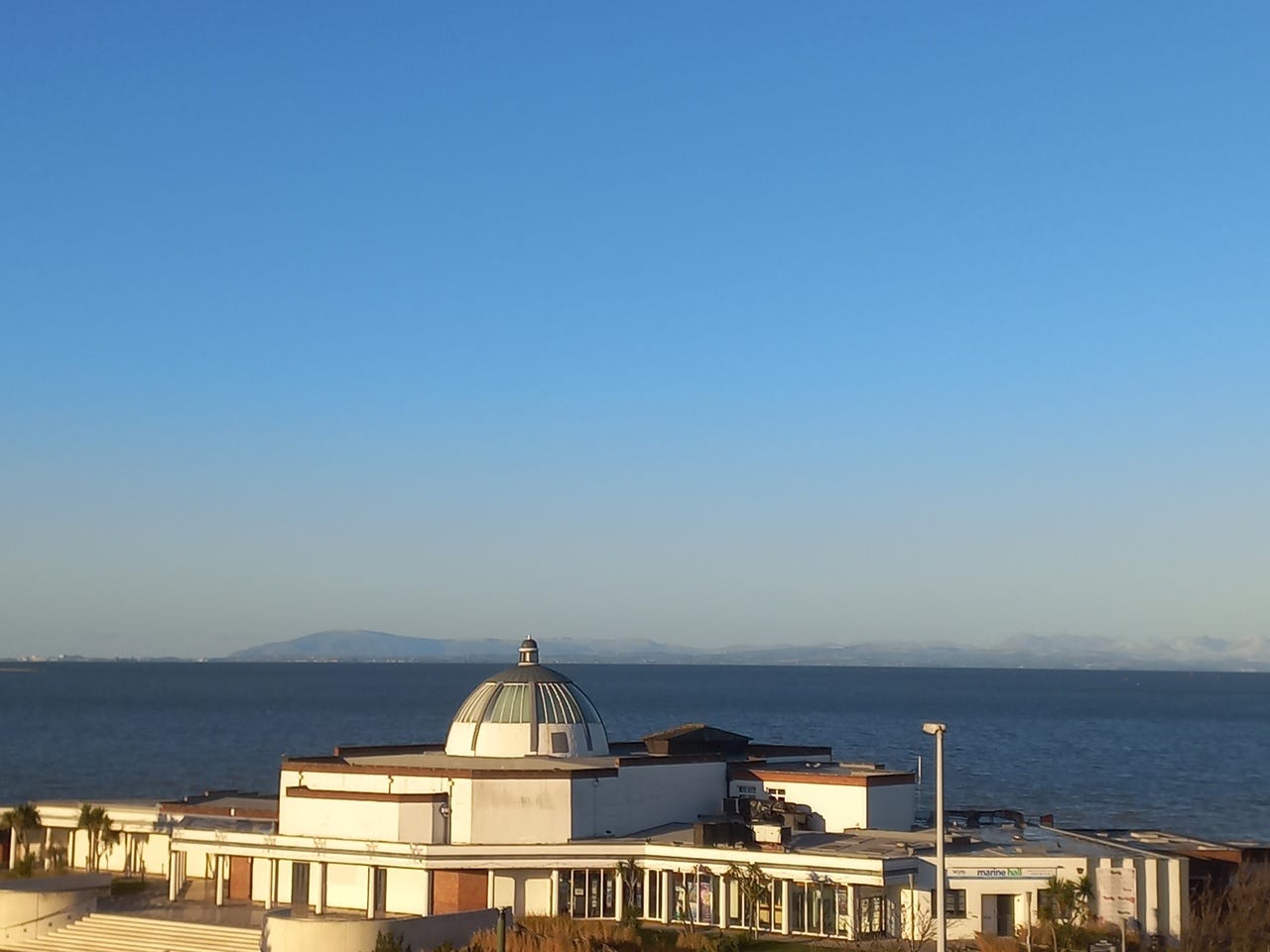
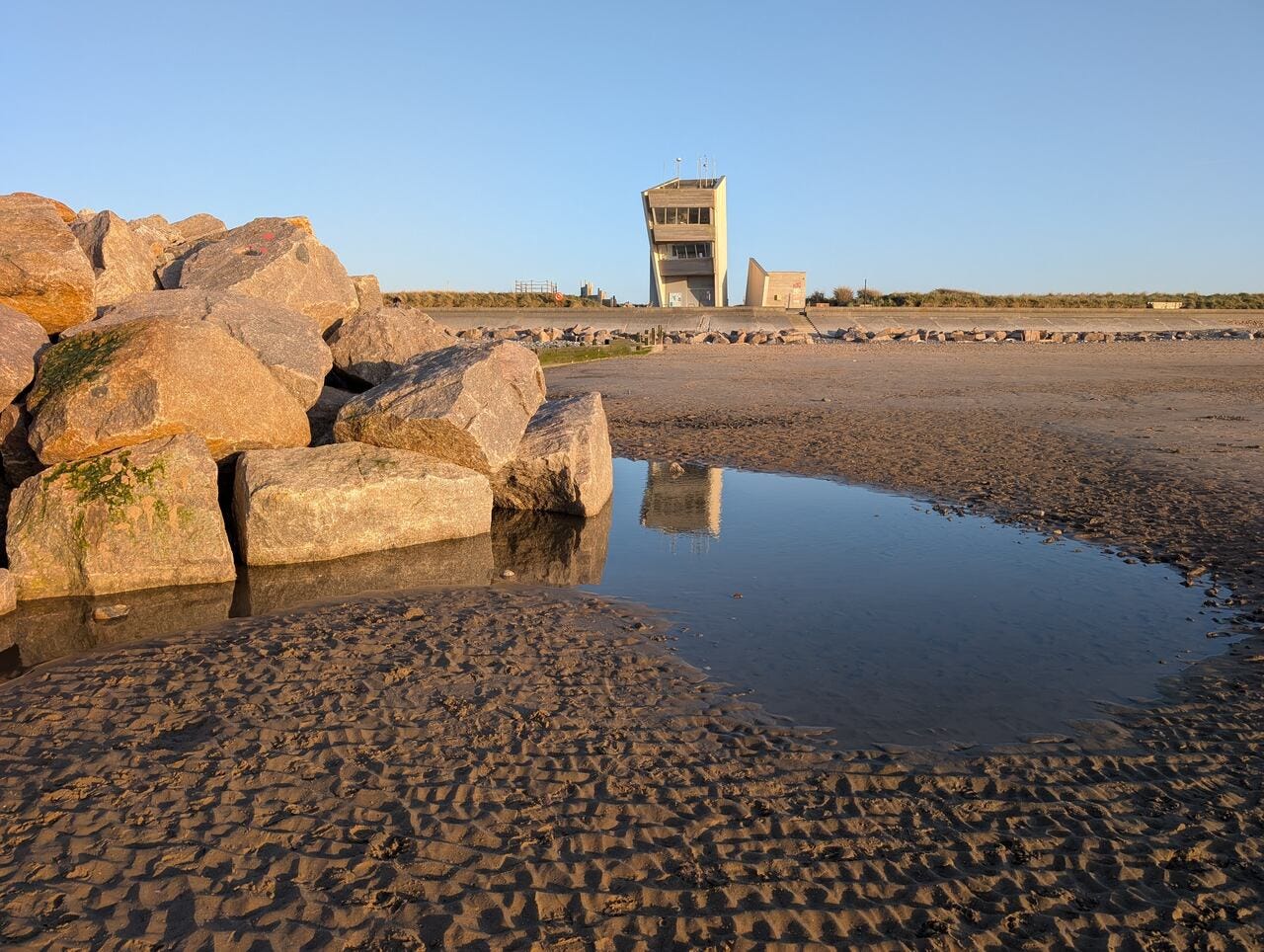
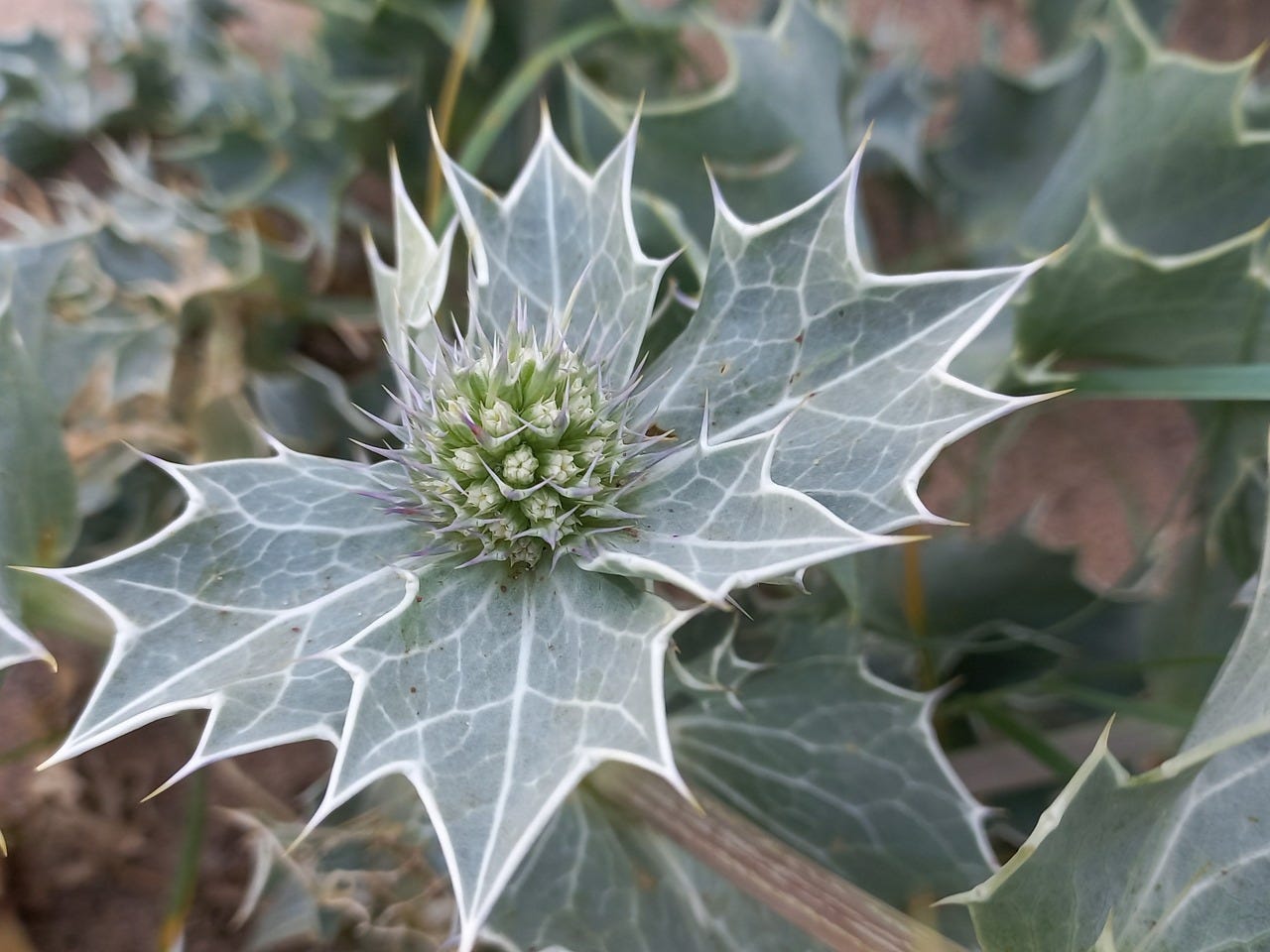
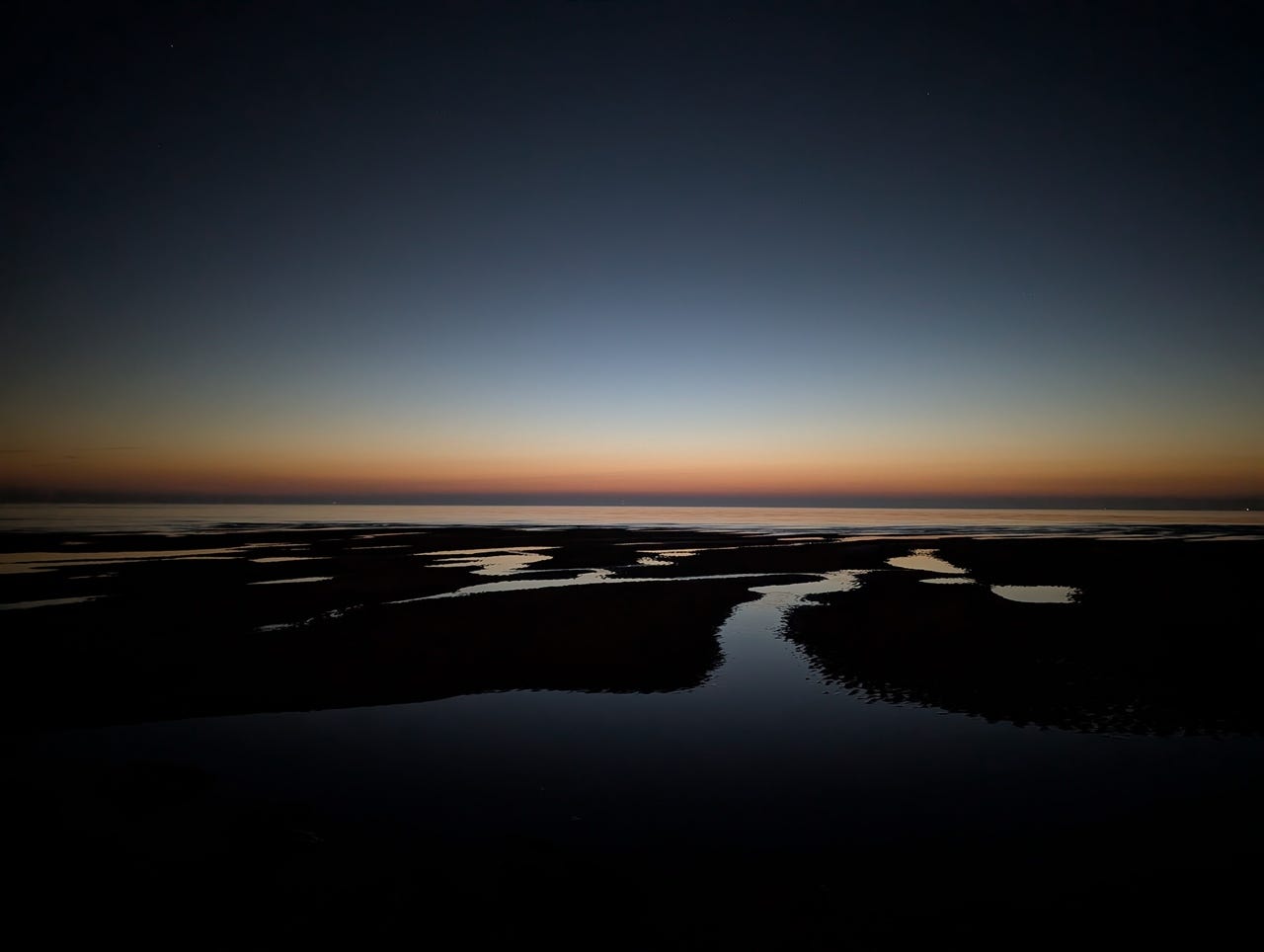
My place is Vancouver Island, Canada. I’ve moved further and further west over the years but this is where I feel most at home since leaving my familial home in the prairies of Canada almost 25 years ago. I lived in bustling Vancouver on the West Coast for 14 years attending university and starting a career. 11 years ago I followed my job to Vancouver Island where I’ve seen my career grow and where I met my husband.
I'm so glad you've found a patch of Earth to call home now, and yet the search was worth the wait, I'm sure. I feel this way about the labyrinth among trees in my cohousing community in MA, US. I walk the path almost every day. While I've walked in the rain before, today it's pouring a bit too much to consider a walk, so I have my ceramic handheld labyrinth to walk with my finger, instead. It's colors match the labyrinth on a sunny afternoon and has been blessed by the labyrinth spirits, the genii loci. I feel their presence even in my room when I walk it.
But back to walking the labyrinth in the grove of trees. There is a rock at the center with some moss living on it. I set on the rock next to the moss after I offer salutations to the 4 directions with the rattle that "lives" on the altar. I watch as squirrels, chipmunks, bunnies, tree frogs and robins run, race, hop & chatter. The song of blackbirds is one of my favorites. Next comes the mourning doves. The place is so alive! In the warmer months I take off my shoes and walk the path barefoot. I've recently taken off my sockes and sneakers to connect the soles of my feet to Earth for a few minutes at a time, then put them back on. I feel so grounded afterwards. When I return to the human world, I feel peaceful and hopeful and ready to carry on with my day. Gratitude is tatooed into my heart.
I am in between settled homes. I've been living with a woman in my cohousing community, temporarily, since I had to walk away from my home last may due to divorce. My next place to live is the seashore, with some forest not too far off. I don't know where that is at the moment. I'm in a place of both enjoying where I am because it's familiar and I've lived here for almost 16 years, and knowing my purpose lies in another place. It's good to read about fellow humans who have found such places and what your life is like now that you've found it. ~:0)